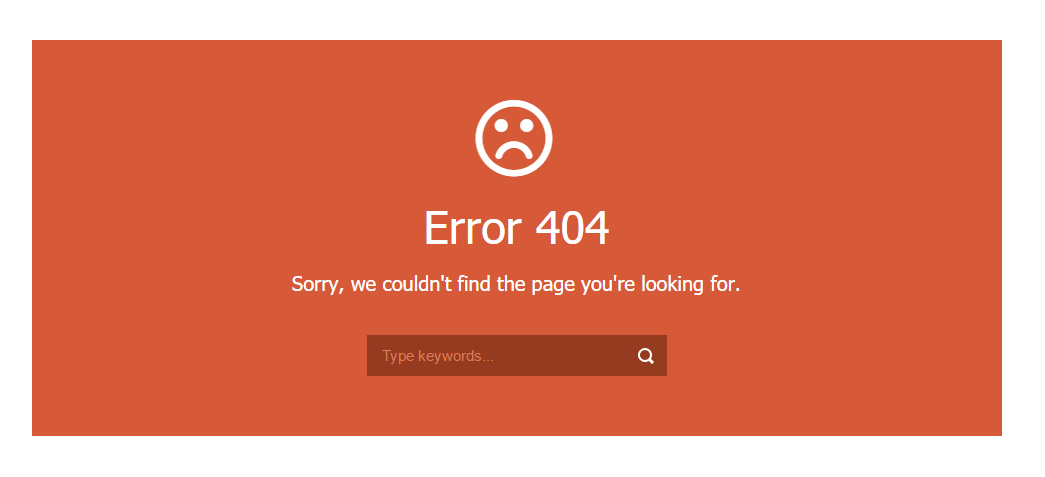Internet is an overactive domain where the role for redundancy is ultimate zero. So, in case a particular page gets outdated or inactive for a reason, the redirects will guide the web page visitors to another one. Even if this is the main purpose of redirect, in many cases the interfaces are not used in the best way and so the impact can negatively hit your website.
Why the redirects are mostly used?
- Getting the visitors to the correct location
- The Content Management System (CMS) can be efficiently managed
- Integrating two prevalent websites into one
- Deleting Pages for a reason
- Redirecting the source to a new domain from the old one
The best part is that once your page is enabled with redirect efficiently, can be directed to the fresh page without making an effort by the customer to do it.
Different varieties of Redirect Option those are open for use
Since different options are available, the web master can choose on the best one that can suitably fulfill your needs. The selection of the redirect matters a lot, since a wrong choice could damage the authority of your domain and can even break down the website ranking.
301 Redirects
This is a permanent redirect option and can be used when you are planning to delete a page permanently from the internet and so ranking doesn’t come as a factor for recognition. It is the best idea that can be used for redirecting the users to the preferred location and the advantage of updating the webpage on desired time happens to be the best part. These redirects are more commonly used and 90% of the needs are answered by this.
302 Redirects
This is used rarely in redirecting the website and so its existence doesn’t matter too much. The actual purpose of this redirect is to showcase the duplicate contents that are available in the current scenario. In 302, temporary redirect is only considered and so both the new or old contents are displayed on the search engines.
307 Redirects
This one sustains the same purpose as that of the 302 but works to be more useful than the former one. It is mostly used for preventing the refreshing function of a website page. When the web users are in the credit card information page and in between the transactions, if they are trying to refresh the page, then this redirect prevent the function for restraining the security.
404 Errors
It shows the website shortness to reach on the server. This can be mainly because of the three of the following reasons:
- The case in which the user fails to enter the URL correctly
- The developer fails to integrate the redirect function into the web page
- If searching for the webpage that is already deleted or removed from the internet
From the point of the web masters or developer, once they see a 404 error page, it must be taken as a warning alarm. This is because if it persists for a long time, then the ranking of the website will be pushed to back row as it signs the customer of a dead end or idle node.
410 Errors
In case your website have a content that is not supposed to be used as a part of it, then it is better to use 410 errors. This happens to be an effective step, if a particular service is not offered by your company and is added to the website.
Checking the Redirects and Error Options
Tracing out the Redirect
Google’s Chrome Browser Extension is the best service that helps the web masters to identify an incomplete website. That is this tool will help you identifying an inappropriate redirect link and so helps is preventing the website ranking in Google. In case, you have done any modification on your website regarding the redirect link then, this happens to be the best option to clarify that the process is executed perfectly.
Checking 404 Errors
The 404 errors can be easily detected with the Google Search Console and the best part is that it can be easily corrected manually without investing time on individual pages.
In every respect these tools can be the best choice for detecting the errors and so correcting it without causing a negative impact on the Google Ranking becomes easier.

Leave A Comment